Blog
Jewellok is a professional pressure regulator and valve manufacturer and supplier.
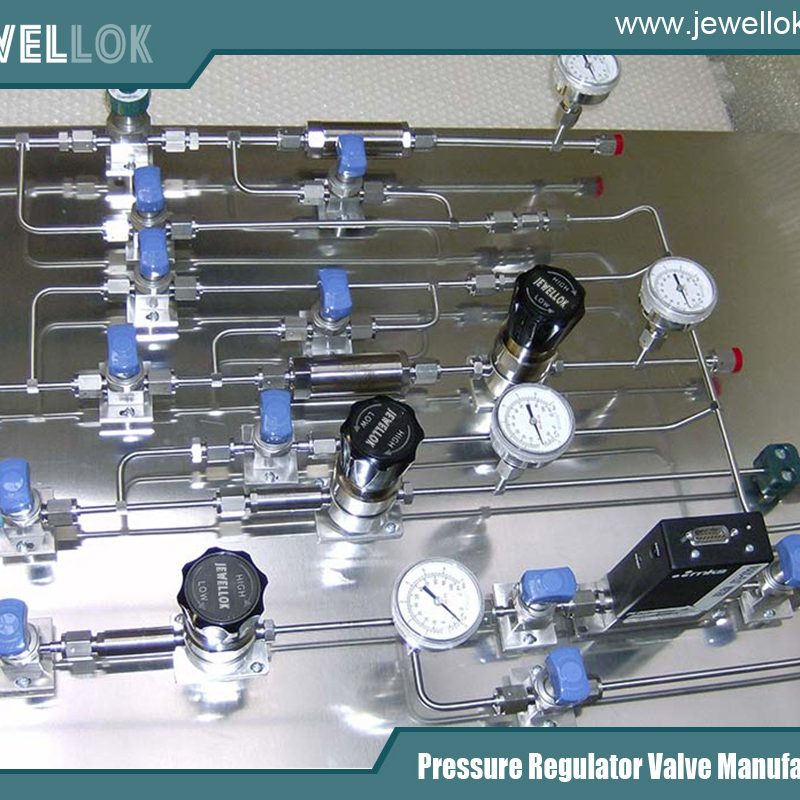
Air Compressor Check Valve: Ensuring Efficiency and Reliability in Compressed Air Systems
- Pressure Regulator Valve Manufacturer
- 316 SS ball valves manufacturer, adjustable low pressure propane regulator, Air Compressor Check Valve, air compressor check valve manufacturer, air compressor check valve supplier, Back Pressure Regulating Valve, back pressure regulator manufacturers, Brass Pressure Regulator, Changeover Manifold, china high pressure air regulator valve manufacturer, compression fitting 6mm, Diaphragm Valve Manufacturers, Double Block and Bleed valve manufacturers, Flexible Hose Tubing, fluid system components, Gas Pressure Test Gauge, Gas Solenoid Valve, high pressure ball valve manufacturer, high purity valves manufacturers, how a gas pressure regulator works, how do pressure regulators work, how solenoid works, humming propane regulator, low pressure valve manufacturer, Medical Oxygen Regulator, oxygen cylinder manifold, Pneumatic Pressure Control Valve, pressure gauge manufacturers, pressure reducing valve manufacturers, pressure relief valve manufacturers, pressure relief valve vs safety valve, propane manifold with valves, safety or relief valves, safety relief valve vs safety valve, second stage propaneregulator, solenoid valve for ammonia gas 2 inch pipe, ss diaphragm valve manufacturers, Stainless Steel Ball Valve, Stainless Steel Diaphragm Valve, Stainless Steel Diaphragm Valve Manufacturer, Stainless Steel Needle Valve, Stainless Steel Pressure Regulator, Stainless Steel Tube Fittings, timer water valve, Water Solenoid Valve
- No Comments
Air Compressor Check Valve: Ensuring Efficiency and Reliability in Compressed Air Systems
Air compressors are vital in countless industries, powering tools, machinery, and processes with compressed air. At the heart of these systems lies the air compressor check valve, a small but essential component that ensures the smooth, safe, and efficient operation of the system. By preventing backflow and maintaining pressure integrity, check valves protect equipment, enhance performance, and reduce energy waste. Their role, though often understated, is critical in applications ranging from automotive repair shops to large-scale manufacturing plants.This article explores the air compressor check valve in depth, detailing its functionality, types, applications, benefits, challenges, maintenance requirements, and selection considerations. By understanding the nuances of this component, professionals can optimize their compressed air systems for reliability and longevity.

- What is an Air Compressor Check Valve?
An air compressor check valve is a mechanical device installed in the discharge line of an air compressor to allow unidirectional flow of compressed air. Its primary function is to permit air to flow from the compressor to the downstream system while preventing reverse flow (backflow) into the compressor when it is off or during pressure fluctuations. This ensures that the compressed air remains in the system, maintaining pressure and protecting the compressor from damage.Check valves are typically simple, self-actuating devices that operate without external power. They rely on the pressure differential across the valve to open or close, making them reliable and low-maintenance components in compressed air systems.
Key Features:
- Unidirectional Flow: Allows air to flow in one direction only.
- Automatic Operation: Opens and closes based on pressure differences.
- Compact Design: Fits seamlessly into compressor piping systems.
- Types of Air Compressor Check Valves
Air compressor check valves come in various designs, each suited to specific system requirements and operating conditions. The most common types include:
- Ball Check Valves
Ball check valves use a spherical ball to control flow. When forward pressure is applied, the ball moves away from the seat, allowing air to pass. When pressure reverses, the ball returns to the seat, sealing the valve and preventing backflow.
- Advantages: Simple design, effective sealing, suitable for moderate pressures.
- Disadvantages: May wear over time in high-pressure systems.
- Swing Check Valves
Swing check valves feature a hinged disc or flap that swings open under forward pressure and closes when flow reverses. They are commonly used in larger systems due to their ability to handle higher flow rates.
- Advantages: Low pressure drop, suitable for high-flow applications.
- Disadvantages: Slower response time, potential for wear on the hinge.
- Poppet Check Valves
Poppet valves use a spring-loaded disc or piston that moves linearly to open or close the valve. They are highly responsive and effective in high-pressure systems.
- Advantages: Fast response, reliable in high-pressure environments.
- Disadvantages: More complex, potentially higher cost.
- In-Line Check Valves
In-line check valves are compact and designed for easy integration into tubing or piping systems. They often combine elements of ball or poppet designs, offering versatility for various compressor sizes.
- Advantages: Easy to install, compact, cost-effective.
- Disadvantages: Limited to smaller systems or lower pressures.
Each type is selected based on factors like system pressure, flow rate, and installation constraints, ensuring compatibility with the compressor’s operational needs.
- How Air Compressor Check Valves Work
The operation of an air compressor check valve is straightforward yet critical to system performance. Here’s a step-by-step explanation:
- Forward Flow: When the compressor is running, it generates compressed air that creates a pressure differential across the check valve. This pressure pushes the valve’s internal mechanism (e.g., ball, disc, or poppet) open, allowing air to flow into the downstream system or storage tank.
- Backflow Prevention: When the compressor stops or pressure drops, the downstream pressure attempts to reverse the flow. The check valve’s mechanism—often aided by a spring or gravity—closes against the valve seat, forming a tight seal that prevents backflow into the compressor.
- Pressure Maintenance: By blocking reverse flow, the valve ensures that compressed air remains in the tank or system, maintaining pressure and preventing the compressor from restarting under load, which could cause wear or failure.
This automatic, pressure-driven operation makes check valves reliable and efficient, requiring no external control or power source.
4.Applications of Air Compressor Check Valves
Air compressor check valves are integral to a wide range of industries and applications where compressed air is used. Some key examples include:
4.1 Automotive Industry
In automotive repair shops, check valves ensure consistent air supply for tools like impact wrenches, spray guns, and tire inflators, preventing backflow that could damage compressors or disrupt operations.
4.2 Manufacturing
Manufacturing facilities rely on check valves in pneumatic systems for robotics, assembly lines, and material handling, ensuring reliable air delivery without pressure loss.
4.3 Construction
On construction sites, check valves support air compressors powering jackhammers, nail guns, and other tools, maintaining system efficiency in rugged environments.
4.4 Medical and Denta
lIn medical and dental applications, check valves ensure sterile, compressed air delivery for equipment like ventilators and dental drills, where backflow could compromise hygiene or functionality.
4.5 HVAC Systems
Check valves in HVAC systems manage compressed air for actuators and controls, ensuring stable operation of heating and cooling equipment.Real-World Examples:
- Auto Repair Shop: A check valve prevents air from flowing back into the compressor when a mechanic uses a pneumatic wrench, protecting the motor and maintaining tank pressure.
- Pharmaceutical Manufacturing: Check valves ensure clean, compressed air for packaging and processing, preventing contamination from backflow.
5.Advantages and Disadvantages
Air compressor check valves offer significant benefits but also have limitations that users must consider.
5.1 Advantages
- Backflow Prevention: Protects the compressor from damage and maintains system pressure.
- Low Maintenance: Simple, self-actuating design requires minimal upkeep.
- Cost-Effective: Affordable compared to other compressor components.
- Versatility: Available in various types and materials to suit different applications.
5.2 Disadvantages
- Wear and Tear: Moving parts like balls or discs can degrade over time, especially in high-pressure or dirty environments.
- Pressure Drop: Some designs introduce a slight pressure loss, impacting system efficiency.
- Limited Flow Control: Check valves only manage unidirectional flow, requiring additional components for complex flow regulation.
- Maintenance and Troubleshooting
Regular maintenance is essential to ensure the longevity and reliability of air compressor check valves. Neglecting maintenance can lead to leaks, pressure loss, or compressor damage.
6.1 Maintenance Tasks
- Inspection: Check for wear, corrosion, or debris on the valve seat, disc, or spring.
- Cleaning: Remove contaminants that could impair sealing or movement, using compressed air or appropriate cleaners.
- Testing: Verify proper operation by checking for leaks or backflow during compressor cycles.
- Replacement: Replace worn components or the entire valve if performance degrades significantly.
6.2 Common Problems and Solutions
- Leaking Valve:
- Cause: Worn or damaged valve seat or sealing component.
- Solution: Clean the seat or replace the valve.
- Failure to Open/Close:
- Cause: Stuck mechanism due to debris or corrosion.
- Solution: Disassemble, clean, or replace affected parts.
- Pressure Loss:
- Cause: Incorrect valve sizing or internal wear.
- Solution: Ensure the valve matches system specifications or replace it.
- How to Select the Right Air Compressor Check Valve
Choosing the appropriate check valve involves evaluating several factors to ensure compatibility and performance:
- System Pressure: Select a valve rated for the compressor’s maximum operating pressure.
- Flow Rate: Ensure the valve can handle the required air volume without excessive pressure drop.
- Material Compatibility: Common materials include brass, stainless steel, or plastic. Stainless steel is ideal for corrosive environments, while brass suits general use.
- Connection Type: Match the valve’s threading or connection (e.g., NPT, BSP) to the compressor’s piping.
- Application Needs: Consider environmental factors like temperature, humidity, or cleanliness requirements.
Consulting manufacturer specifications and system requirements is critical to making an informed choice.
- Standards and Regulations
Air compressor check valves must comply with industry standards to ensure safety and performance. Relevant guidelines include:
- ASME B31.3: Governs piping systems, including components like check valves, in process industries.
- ISO 9001: Ensures quality in manufacturing and design.
- CGA Standards: Set by the Compressed Gas Association for components handling compressed gases.
- OSHA Regulations: Mandate safety in compressed air systems to protect workers.
Compliance with these standards ensures reliability and regulatory adherence in industrial applications.
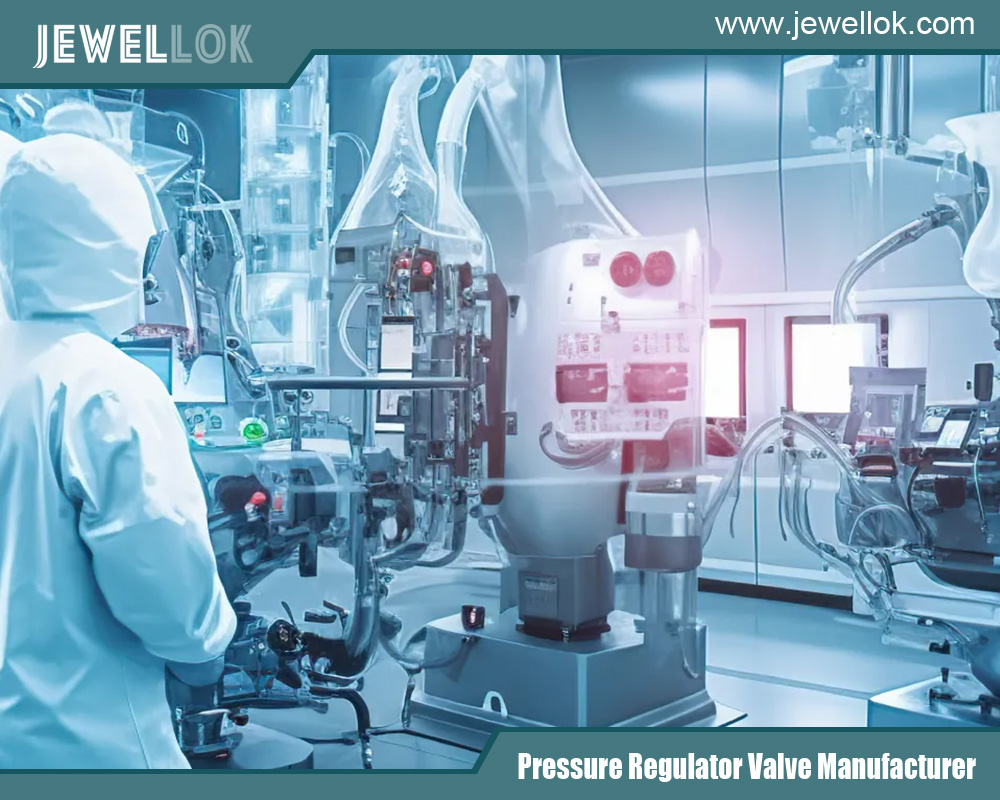
- Conclusion
The air compressor check valve, though small, plays a pivotal role in ensuring the efficiency, safety, and longevity of compressed air systems. By preventing backflow and maintaining pressure, it protects compressors and supports seamless operations across industries like automotive, manufacturing, and healthcare. Understanding its types, functionality, and maintenance needs empowers professionals to optimize their systems, reduce downtime, and enhance performance.As compressed air systems continue to evolve, the air compressor check valve will remain a cornerstone of reliable and efficient operations, underscoring its importance in modern industrial processes.
For more about the air compressor check valve: ensuring efficiency and reliability in compressed air systems, you can pay a visit to Jewellok at https://www.jewellok.com/ for more info.
Recent Posts
How Does An Acetylene Gas Changeover Manifold Work?
How Does A Carbon Dioxide Gas Pressure Regulator Work?
How Does A Oxygen Gas Pressure Regulator Work?
How Does A Helium Gas Pressure Regulator Work?
How Does A Nitrogen Gas Pressure Regulator Work?
How Does An Argon Gas Pressure Regulator Work?
How Does A Propane Gas Pressure Regulator Work?
How Does A Acetylene Gas Pressure Regulator Work?
How Does the High Pressure Back Pressure Regulator Work?
The Complete Guide to Camco 59013 Single Stage Propane Regulator
Tags
Recommended Products
-
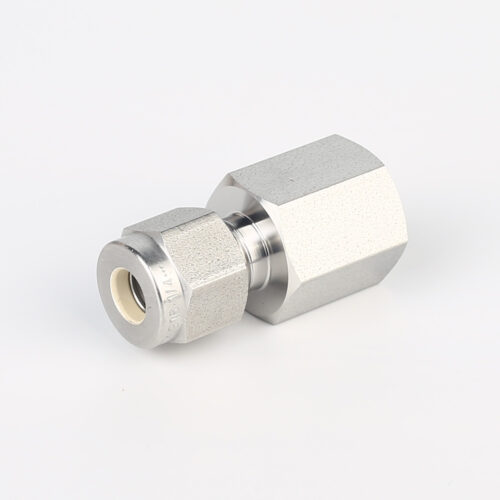
766L High Purity Female Connector UHP Fitting Female Connector
-
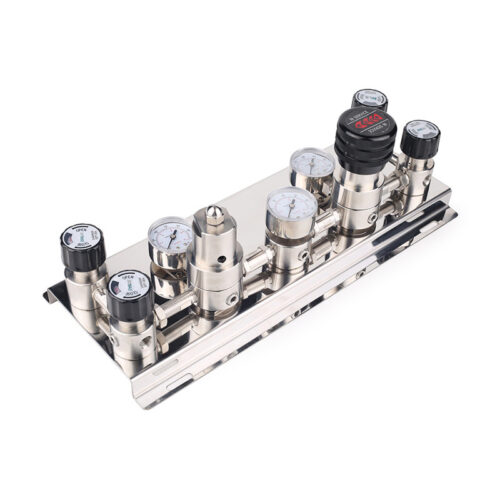
Automatic Gas Switchover System Automatic Switchover Manifold Automatic Gas Cylinder Switchover
-
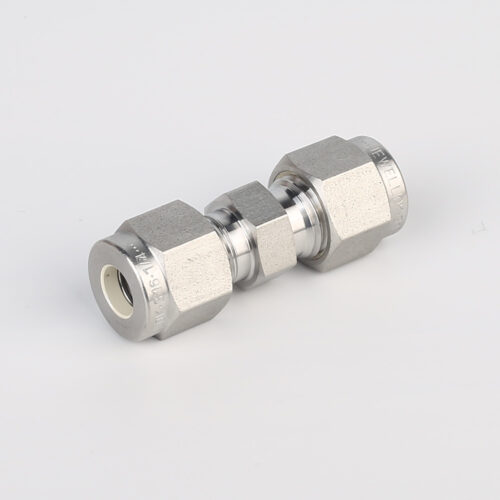
762L Stainless Steel High Purity Union High-Purity Gas System Fittings
-
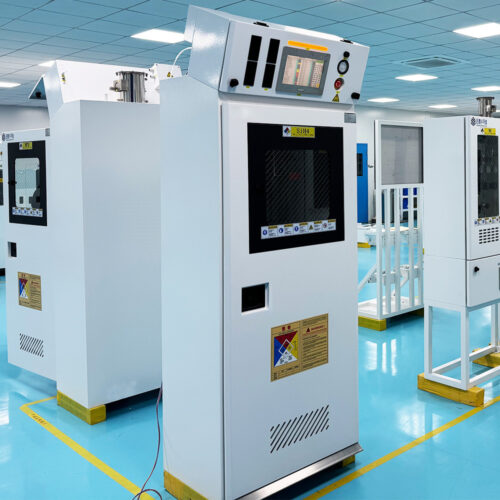
Ultra High Purity Trimethylaluminum TMA Gas Cabinet Liquid Delivering Cabinet Used For Specialty Gas Delivery System In Semiconductor
-
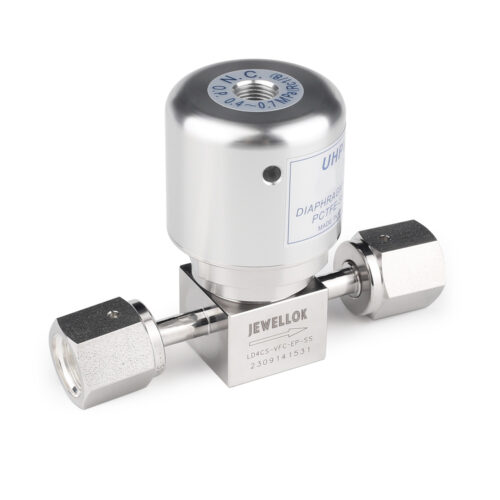
Stainless Steel Low Pressure Seal Pneumatic Diaphragm Control Valve For For HP & UHP Gases
-
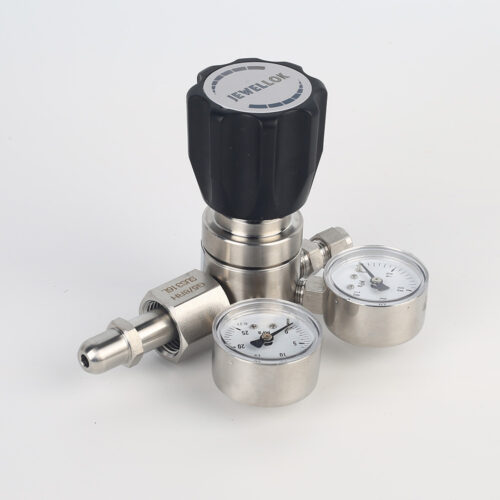
High Purity High Pressure Gas Cylinder Pressure Regulators Pressure Reducing Valve JSR-1E Series
-
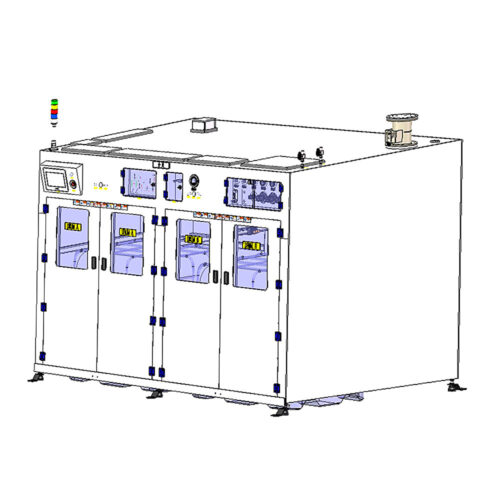
High Purity Chemical Dispense System & Packing System For Semiconductors JW-200L-CDM & JW-1000L-CDM
-
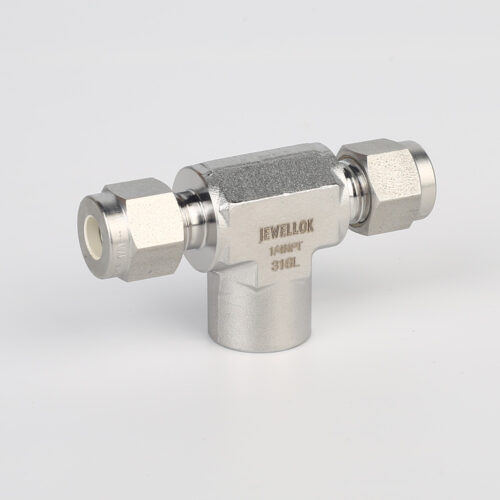
772 LF Female Branch Tee | Stainless Steel Tube Fitting Female Branch Tee 1/2 in. Tube OD x 1/2 in. Tube OD x 3/8 in. Female NPT